Exploring the great outdoors can be a thrilling adventure, but some places in the U.S. are so untouched by human activity that you can’t help but feel like an outsider. These locations are where nature takes the lead, and you’re there to observe and respect its unspoiled beauty. If you’re up for a journey where you’ll truly get away from it all, here’s a look at 13 places where humans are still visitors in nature’s domain.
1. Denali National Park, Alaska
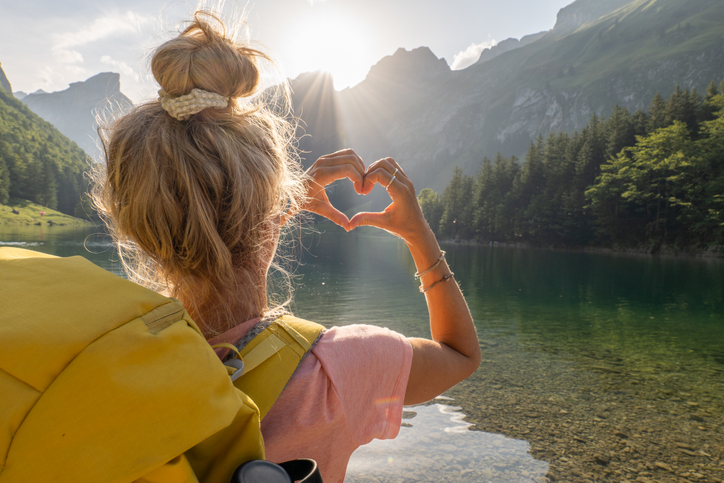
Denali National Park in Alaska is a vast, rugged wilderness where you truly feel like a guest. Home to North America’s highest peak, Mount Denali, the park offers breathtaking views and a sense of scale that’s hard to find elsewhere. What makes Denali unique is its commitment to preserving the natural environment. According to the National Park Service, only one road runs through the park, and access is primarily limited to park buses to minimize human impact. This means you can experience unspoiled wilderness, with wildlife such as grizzly bears, moose, and wolves roaming freely.
While visiting Denali, you’ll notice that the park is designed for the animals, not humans. Hiking trails are few, and instead, you’re encouraged to explore off-trail, which adds to the feeling of being a pioneer in a wild land. The park’s size and limited access mean solitude is almost guaranteed. It’s a place where Mother Nature sets the rules, and you adapt to her pace, not the other way around. In Denali, you get a real sense of what it means to be a visitor in a land that operates on its own terms.
2. Isle Royale National Park, Michigan
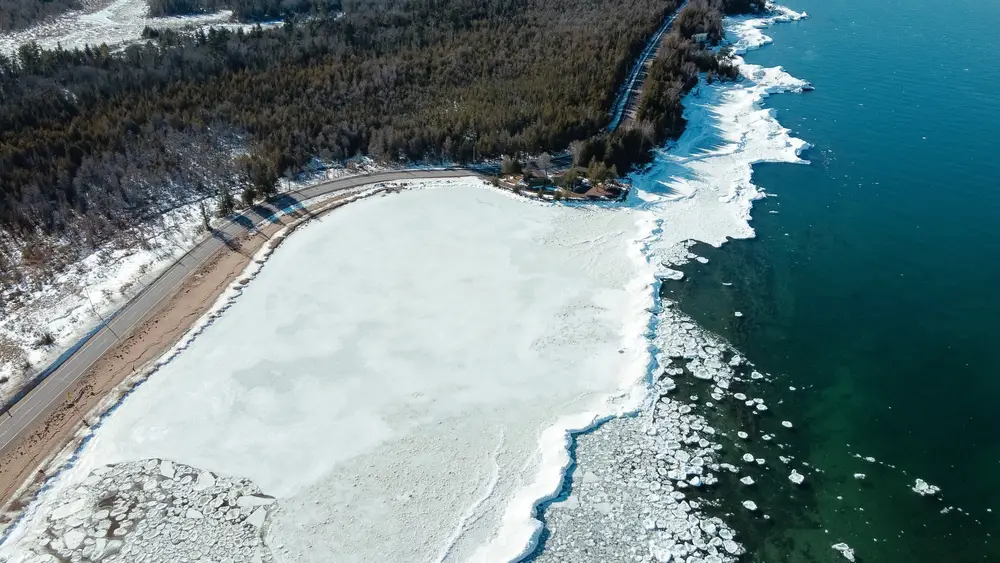
Isle Royale National Park is a hidden gem in Lake Superior that’s only accessible by boat or seaplane. This remote location makes it one of the least visited national parks in the U.S., which means you can enjoy its beauty without the crowds. The island is a haven for those seeking solitude, with dense forests, rugged shorelines, and a network of hiking trails waiting to be explored. The wildlife here, including moose and wolves, thrives in an environment that’s largely undisturbed by human activity.
You’ll need to plan carefully if you want to visit Isle Royale, as the park is only open from mid-April to late October. The isolation of the island means there are no roads or cars, so you’ll be traversing by foot or kayak. This adds an element of adventure as you navigate through its rugged landscape. Camping is the main accommodation option, and carrying all your supplies is essential. Here, you’re reminded of the simplicity of nature and the importance of leaving no trace behind.
3. Great Sand Dunes National Park, Colorado

Great Sand Dunes National Park is an awe-inspiring desert landscape that feels like another world. It’s home to the tallest sand dunes in North America, reaching heights of up to 750 feet. These dunes are constantly shifting and changing with the wind, creating a dynamic and challenging environment for explorers. According to the Geological Society of America, the park’s unique geology is a result of millions of years of natural processes, making it a fascinating place to study Earth’s history.
The park offers a unique opportunity to experience solitude in an unusual setting. Hiking up the dunes is no easy feat, but the views from the top are worth the effort. The vastness of the sandscape, bordered by the Sangre de Cristo Mountains, creates a sense of isolation that’s both humbling and exhilarating. Camping under the stars here is unforgettable, as the lack of light pollution reveals a sky teeming with stars. The Great Sand Dunes are a testament to the raw power of nature and your small place in it.
4. Everglades National Park, Florida
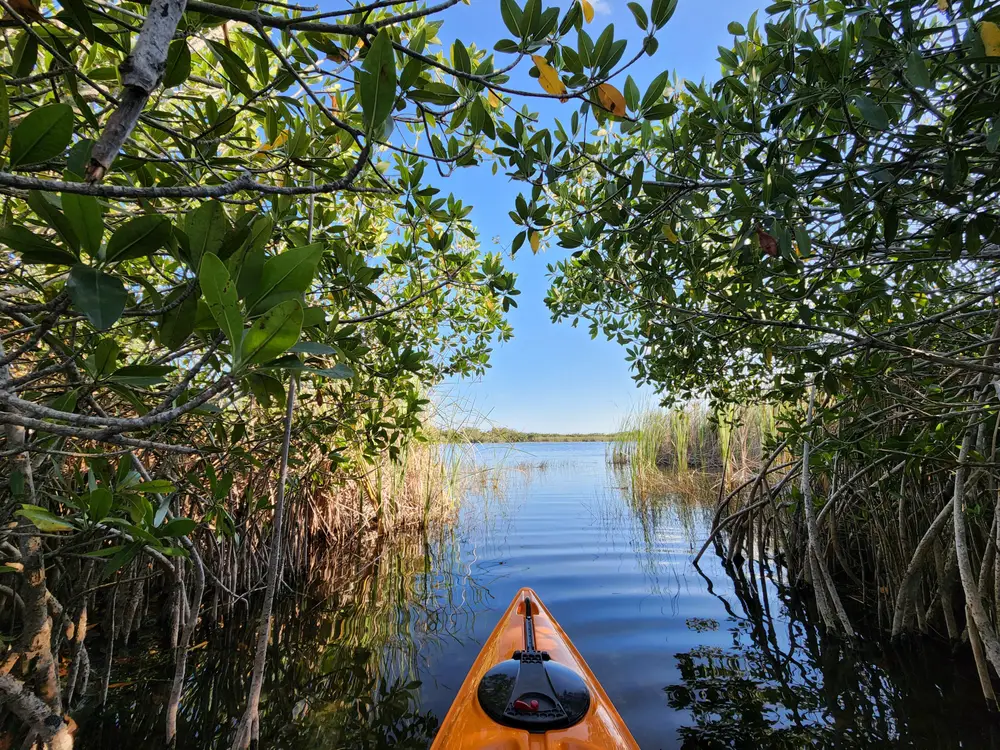
The Everglades is a unique ecosystem where water, land, and sky mix to create an environment teeming with life. It’s the largest subtropical wilderness in the United States, offering a habitat for a wide range of species, including alligators, manatees, and the elusive Florida panther. Exploring the Everglades is best done by kayak or canoe, where you can glide silently through the waterways. This allows you to witness the rich biodiversity without disturbing the natural rhythm of the park.
The wetland is like no other, with its vast network of mangroves and marshes creating a lush, green landscape. Each visit offers a different experience, as seasonal changes dramatically alter the environment. The Everglades demand respect and understanding, with weather conditions like sudden thunderstorms reminding you of nature’s power. Camping and hiking are available, but you must be prepared for the unique challenges the park presents. In the Everglades, you’re a guest in a living, breathing ecosystem that’s constantly changing.
5. Boundary Waters Canoe Area, Minnesota
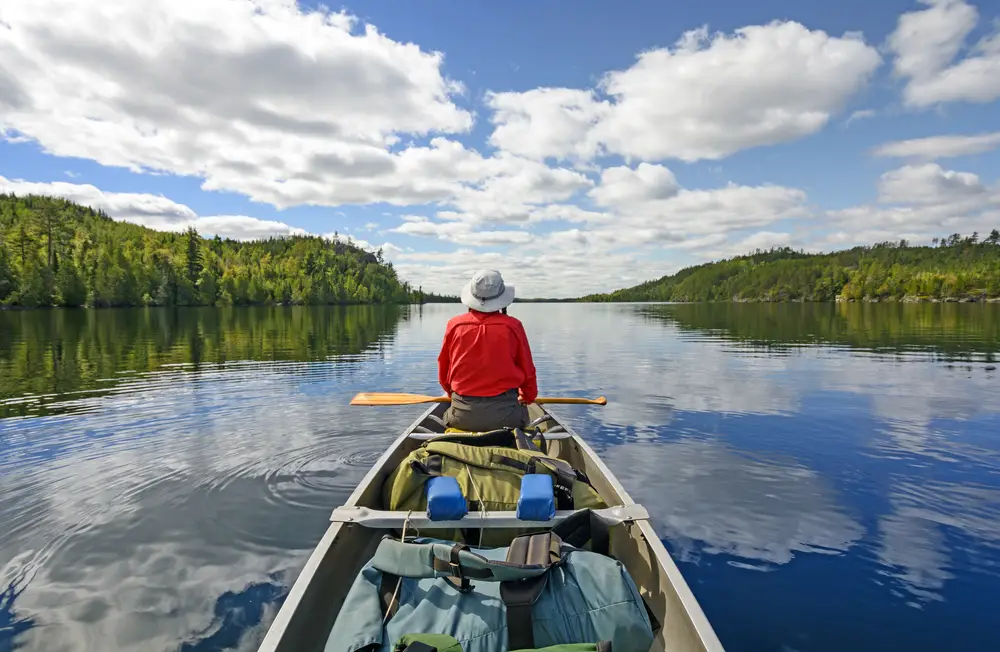
The Boundary Waters Canoe Area is a pristine wilderness of lakes and forests that straddles the U.S.-Canada border. It’s a paradise for canoe enthusiasts, with over a thousand lakes and streams connected by portage trails. This remote area offers unparalleled peace and solitude, with the only sounds being the call of loons and the gentle lapping of water against your canoe. According to wilderness advocate Dave Freeman, the Boundary Waters represent one of the world’s most important freshwater ecosystems, crucial for both wildlife and human recreation.
Camping here involves navigating a network of campsites accessible only by water, which means you’re truly immersed in nature. The absence of motorized boats makes for a tranquil experience, allowing you to disconnect from the hustle and bustle of everyday life. Wildlife sightings are common, with moose, black bears, and bald eagles making frequent appearances. The Boundary Waters offer a chance to practice the art of leave-no-trace camping, ensuring that this natural treasure remains unspoiled for future generations. Here, you’re reminded of the joy of simplicity and the importance of preserving the natural world.
6. Glacier National Park, Montana
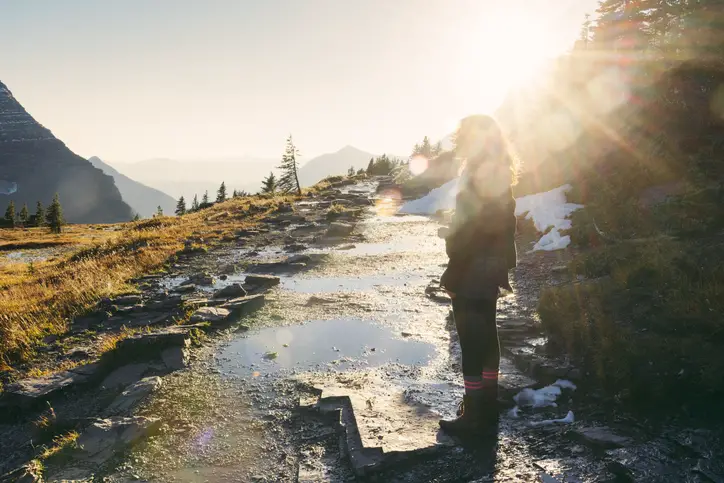
Glacier National Park is a rugged, mountainous landscape that offers an experience of true wilderness. It’s known for its stunning glaciers, alpine meadows, and diverse wildlife, making it a dream destination for outdoor enthusiasts. The park has over 700 miles of hiking trails, ranging from easy walks to challenging backcountry routes. Each trail offers a chance to glimpse the park’s abundant wildlife, including grizzly bears, mountain goats, and bighorn sheep. The pristine lakes and sweeping vistas create a sense of isolation and peace.
Driving the Going-to-the-Sun Road is a must, offering breathtaking views as it winds through the park’s interior. However, much of the park is only accessible on foot, with backcountry camping providing a true escape from civilization. The stars shine brightly here, with minimal light pollution creating perfect conditions for stargazing. Glacier National Park is a reminder of the power and beauty of nature, and a place where you can disconnect from the modern world. The park’s wild, untamed character makes you appreciate the importance of conservation and the need to protect these natural spaces.
7. Olympic National Park, Washington

Olympic National Park is a diverse landscape where you’ll find everything from lush rainforests to towering mountains and wild coastlines. The park’s three distinct ecosystems offer a range of environments to explore, each with its own unique beauty. The temperate rainforest is a highlight, with giant trees and a dense canopy creating a magical, otherworldly atmosphere. Ecologist Dr. Mark Wilson notes that the park’s diverse ecosystems provide a valuable opportunity to study climate change and its impacts on different habitats.
Exploring Olympic is an adventure in itself, with opportunities for hiking, camping, and wildlife watching. The rugged coastline is perfect for beachcombing and tide pooling, while the mountains offer challenging hikes with stunning views. The park’s isolation means you’ll often have these natural wonders all to yourself. As you wander through the park, you’ll appreciate the diversity of life that thrives here. Olympic National Park is a reminder of the beauty and complexity of nature, and the importance of protecting these wild places for future generations.
8. Big Bend National Park, Texas

Big Bend National Park is a remote jewel in southwest Texas, offering vast desert landscapes and rugged mountains. Its location along the Rio Grande provides a stunning backdrop, with the Chisos Mountains offering a striking contrast to the arid desert below. The park’s isolation and limited visitor numbers create a tranquil escape from the modern world. Here, you can find a solitude that’s hard to come by elsewhere, surrounded by wide-open spaces and a star-filled sky.
Hiking in Big Bend is an adventure, with trails ranging from easy desert walks to challenging mountain treks. The variety of landscapes means there’s something for everyone, from the cactus-covered desert floor to the forested peaks of the Chisos. Wildlife is abundant, with roadrunners, javelinas, and even the occasional black bear calling the park home. Camping is the best way to experience the park’s beauty, with backcountry sites offering a true wilderness experience. In Big Bend, you’re reminded of the vastness of nature and the importance of preserving these untouched places.
9. Joshua Tree National Park, California
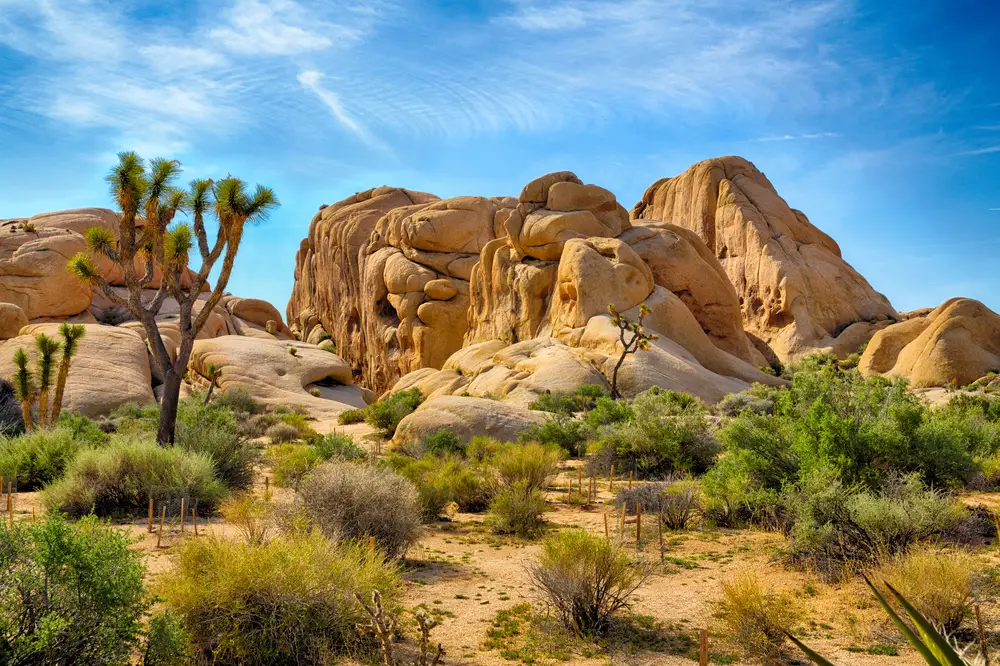
Joshua Tree National Park is a surreal landscape where the Mojave and Colorado deserts meet. Its unique rock formations and iconic Joshua trees create an otherworldly atmosphere that’s perfect for exploration. The park’s wide-open spaces and striking scenery offer a sense of isolation and peace. Hiking trails wind through the rocky terrain, offering opportunities to discover hidden gems and breathtaking vistas.
Stargazing in Joshua Tree is a must, with the park’s remote location providing some of the darkest skies in Southern California. Camping under the stars is a transformative experience, with the quiet and solitude allowing for reflection and connection with nature. The park’s diverse ecosystems support a variety of wildlife, from desert tortoises to bighorn sheep. Joshua Tree is a reminder of the beauty and resilience of the desert and the importance of protecting these wild places. Here, you can disconnect from the modern world and reconnect with the natural one.
10. Katmai National Park, Alaska
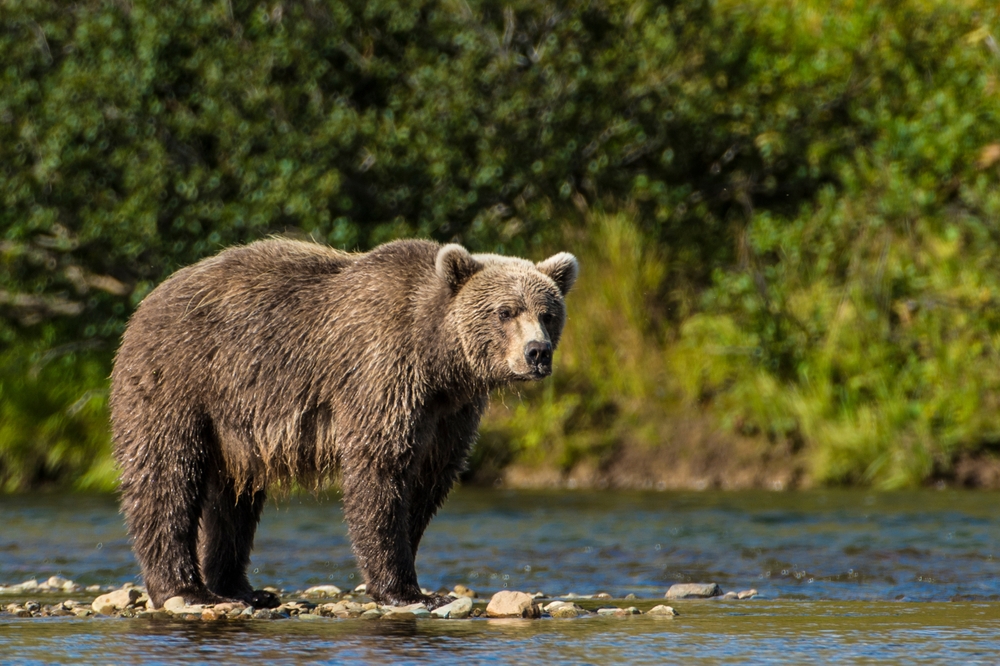
Katmai National Park is a remote wilderness in Alaska known for its stunning landscapes and abundant wildlife. The park is famous for its brown bear population, with the iconic Brooks Falls being one of the best places in the world to view these magnificent animals. Watching the bears fish for salmon is an unforgettable experience, offering a glimpse into the raw power of nature. The park’s isolation and lack of roads mean you’ll need to fly in by small plane, adding to the sense of adventure.
Exploring Katmai is a unique experience, with opportunities for hiking, fishing, and wildlife watching. The park’s vastness and remoteness mean you’ll often have the wilderness to yourself, allowing for a true escape from the modern world. Camping in Katmai is a rugged experience, with weather conditions and wildlife requiring careful preparation. The park’s stunning landscapes, from volcanic valleys to pristine lakes, offer a reminder of the beauty and power of nature. Katmai is a place where you can disconnect from the digital world and reconnect with the wild one.
11. North Cascades National Park, Washington
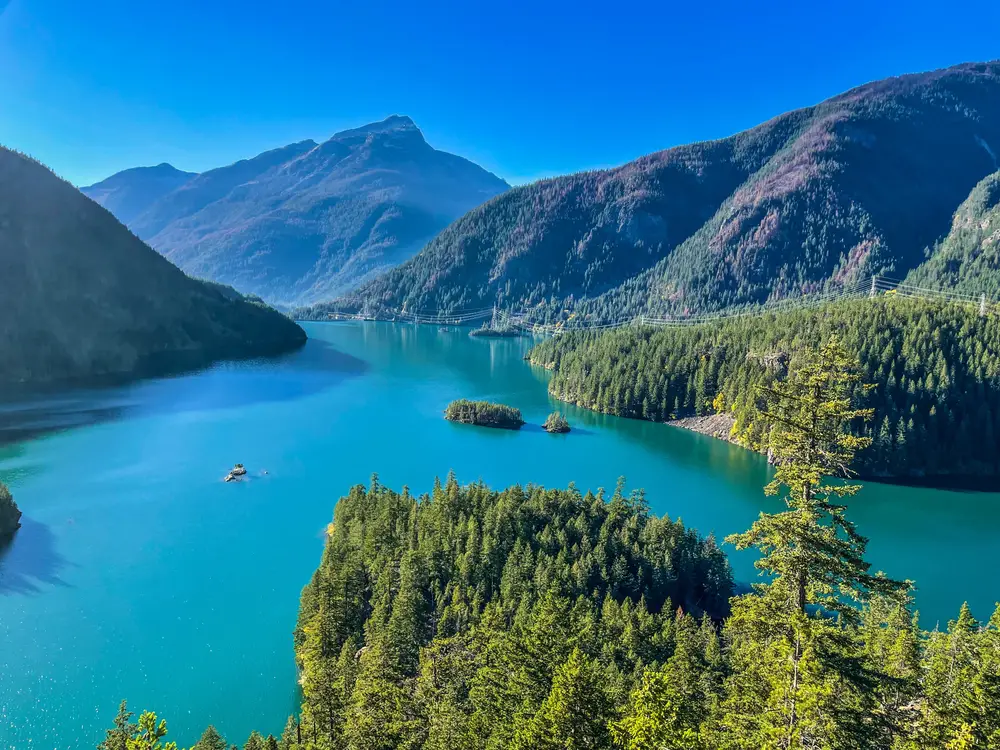
North Cascades National Park is a hidden gem in Washington, offering rugged mountains, pristine forests, and glacial lakes. Its remote location and limited infrastructure mean you’ll need to be well-prepared for your adventure. The park is a haven for hikers, with miles of trails winding through its breathtaking landscapes. The North Cascades are often called the “American Alps,” and it’s easy to see why with their towering peaks and dramatic scenery.
Wildlife is abundant in the park, with opportunities to see black bears, mountain goats, and even elusive wolverines. Camping in the backcountry is a popular way to experience the park’s beauty, with sites offering stunning views and solitude. The lack of cell service and internet means you can fully immerse yourself in the natural world. The North Cascades remind you of the power and beauty of nature, and the importance of preserving these wild places for future generations. Here, you’re a guest in a land that operates on its own terms, offering a chance to disconnect from the modern world and reconnect with the natural one.
12. Death Valley National Park, California
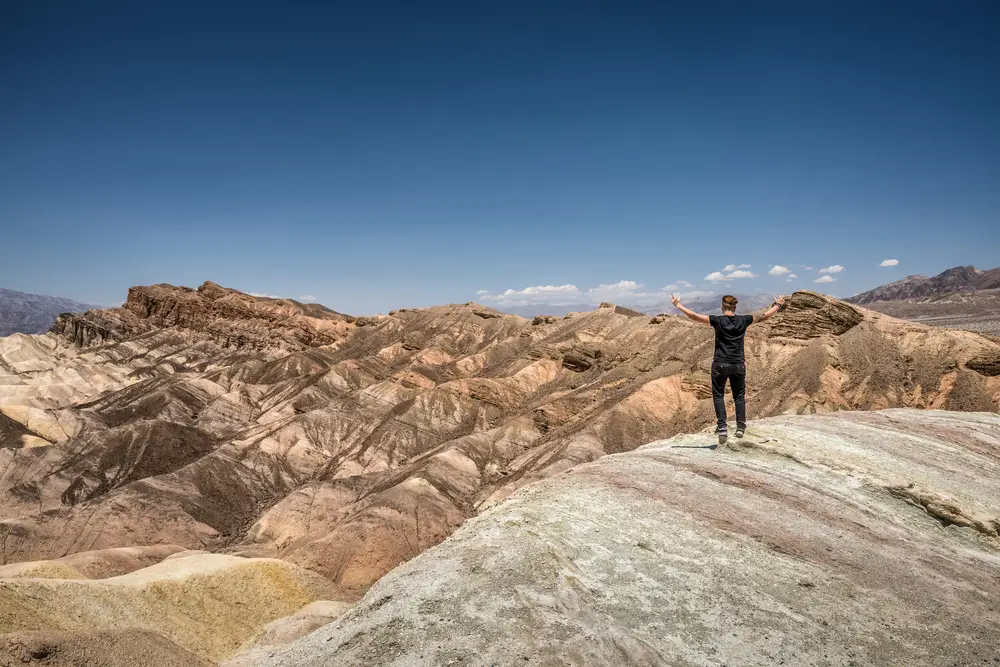
Death Valley National Park is a land of extremes, known for its scorching temperatures and stark, otherworldly landscapes. Despite its harsh conditions, the park is home to a surprising variety of life, from resilient plants to hardy animals. Exploring Death Valley offers a chance to experience the vastness and beauty of the desert, with its towering dunes, salt flats, and colorful badlands. The park’s isolation and extreme conditions mean you’ll need to be well-prepared for your visit.
Camping in Death Valley is a unique experience, with opportunities to stargaze under some of the darkest skies in the country. The park’s remote location provides a sense of solitude and peace, allowing for reflection and connection with nature. Hiking trails offer a chance to discover hidden gems, from lush oasis springs to breathtaking viewpoints. Death Valley is a reminder of the beauty and resilience of the desert and the importance of protecting these places. Here, you can disconnect from the modern world and reconnect with the natural one.
13. Wrangell-St. Elias National Park, Alaska
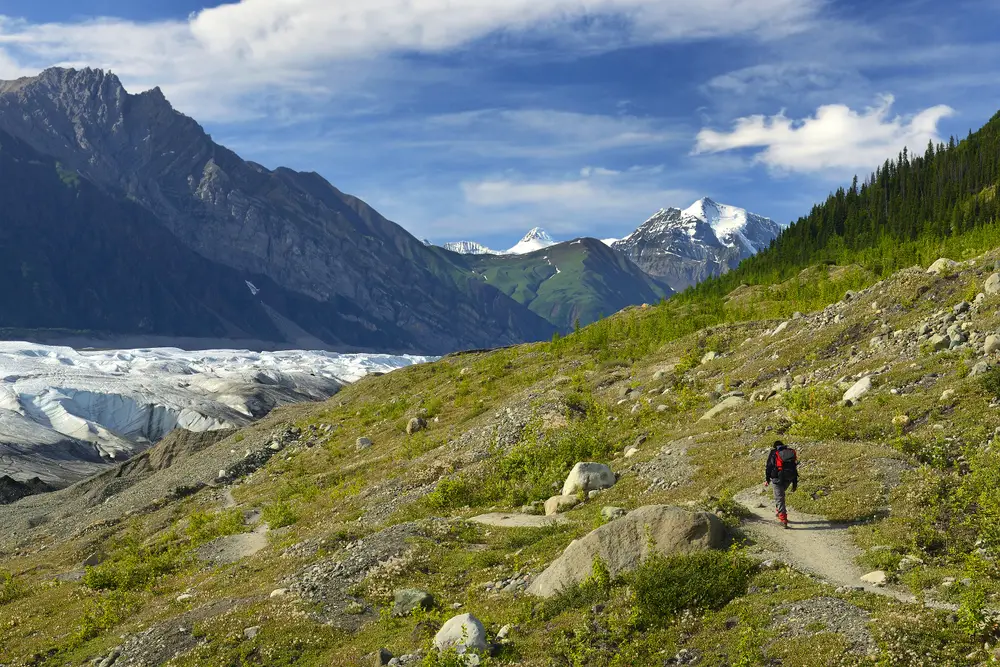
Wrangell-St. Elias National Park is a vast and rugged wilderness in Alaska, known for its towering mountains and massive glaciers. The park’s remote location and limited infrastructure mean visitors need to be well-prepared for their adventure. The park is a haven for outdoor enthusiasts, with opportunities for hiking, camping, and mountaineering. The sheer size and scale of the park create a sense of awe and wonder, reminding you of the power and beauty of nature.
Exploring Wrangell-St. Elias offers a chance to experience true wilderness, with limited human impact and abundant wildlife. The park’s isolation and lack of roads mean you’ll often have the wilderness to yourself, allowing for a true escape from the modern world. Camping in the backcountry is a rugged experience, with weather conditions and wildlife requiring careful preparation. The park’s stunning landscapes, from glacial valleys to towering peaks, offer a reminder of the beauty and power of nature. Wrangell-St. Elias is a place where you can disconnect from the digital world and reconnect with the wild one.
